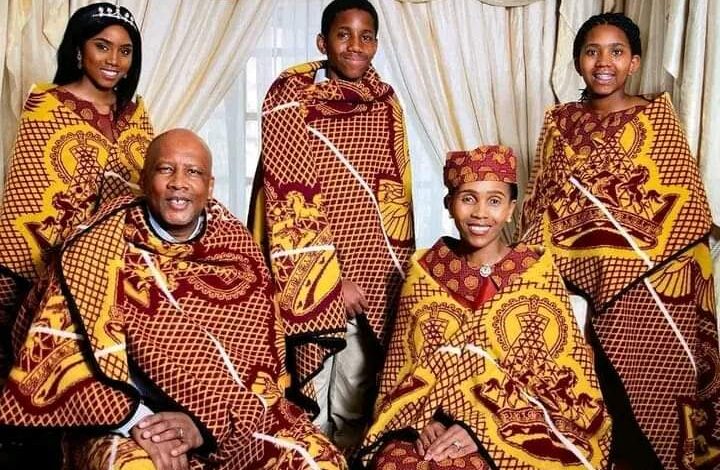20 Things You Should Know About the Lesotho Royal Family and Chieftainship

Lesotho, a small landlocked kingdom nestled in the heart of Southern Africa, is renowned not only for its breathtaking highland landscapes but also for its rich cultural heritage. At the core of this heritage lies the Lesotho Royal Family and the traditional chieftainship system. These institutions have played pivotal roles in shaping the nation’s history, politics, and cultural identity. Understanding the intricacies of the Lesotho Royal Family and chieftainship offers insight into how traditional authority and modern governance coexist in this unique kingdom. Here are 20 key aspects that illuminate the significance and functions of these venerable institutions.
- Monarchy Structure: Lesotho is a constitutional monarchy with the king serving as both the ceremonial head of state and a symbol of national unity.
- Current Monarch: As of the latest update, King Letsie III is the reigning monarch. He ascended to the throne in 1997, following the death of his father, King Moshoeshoe II.
- Historical Monarch: King Moshoeshoe I, the founder of the Basotho nation, is a central figure in Lesotho’s history. His leadership and strategic acumen helped unite the disparate Basotho clans into a single kingdom in the early 19th century.
- Role of the Monarch: While the king’s role is largely ceremonial, he has significant influence in cultural and traditional matters and acts as a mediator in political disputes.
- Royal Family’s Influence: The royal family, including the king, queen, and their children, play crucial roles in promoting national unity and cultural values.
- Chieftainship System: Traditional chieftainship remains a fundamental aspect of governance in Lesotho. Chiefs, or “liholoi,” hold significant sway in their local communities, administering justice and managing local affairs.
- Chiefs’ Responsibilities: Chiefs are responsible for overseeing land allocation, resolving local disputes, and upholding customs and traditions within their territories.
- Traditional Councils: The chieftainship system is organized into traditional councils, which help in decision-making and maintaining order at a local level.
- Royal Traditions: The Lesotho Royal Family is deeply involved in traditional ceremonies and rituals, such as the annual “Hlokomela,” which is a festival celebrating Basotho heritage.
- Queen Mother’s Role: The Queen Mother (or “Nohono”) has a significant role in the royal household and is often involved in matters of traditional importance and ceremonial functions.
- Royal Succession: Succession to the throne follows a hereditary line, typically passed from father to son, although the specific rules can be influenced by traditional customs.
- Historical Conflicts: The kingdom has faced various internal and external challenges throughout its history, including conflicts with neighboring colonial powers and internal power struggles.
- Colonial Impact: The British Protectorate period (1868-1966) influenced the modern structures of both the monarchy and chieftainship, shaping Lesotho’s contemporary governance.
- Post-Independence Changes: After gaining independence from Britain in 1966, Lesotho retained its monarchy but underwent significant political changes, including shifts towards democratic governance.
- Role in Modern Politics: The monarchy and chieftainship have adapted to modern political realities, balancing traditional authority with democratic processes.
- Cultural Symbolism: The royal family and chieftainship symbolize the Basotho cultural identity and continuity, preserving the traditions and customs that define the nation.
- Educational Contributions: The royal family supports various educational initiatives and cultural preservation projects aimed at promoting Basotho heritage.
- Philanthropy: Members of the royal family are involved in charitable activities, including health care and development projects, to improve the well-being of their subjects.
- Public Perception: The monarchy is generally respected and admired by the people of Lesotho, serving as a unifying figure in times of national crisis.
- Future Prospects: As Lesotho navigates its future, the roles of the royal family and chieftainship will likely continue to evolve, reflecting the changing dynamics of both tradition and modernity.
The Lesotho Royal Family and chieftainship are integral to understanding the country’s heritage and governance. Their roles, while steeped in tradition, also reflect the adaptability and resilience of the Basotho people in navigating their cultural and political landscape.
Join 'Lesotho News' WhatsApp Channel
Get breaking Lesotho news — delivered directly to your WhatsApp.
CLICK HERE TO JOIN



